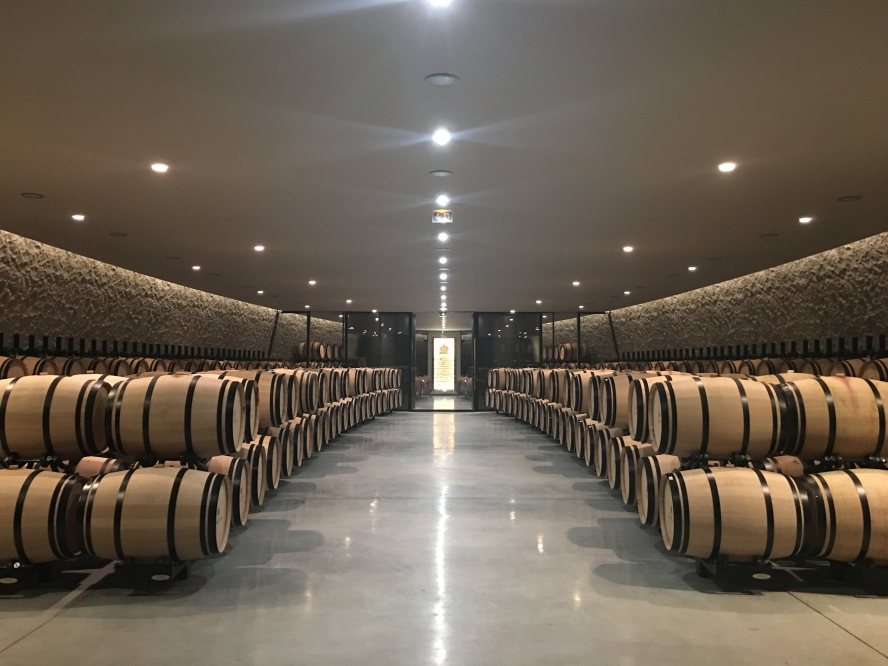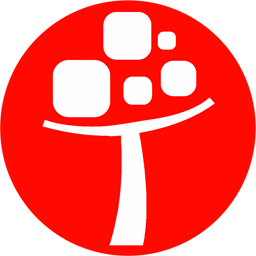Food Wine Red Wine
Château Haut-Brion Pessac-Léognan 2016
Château Haut-Brion Pessac-Léognan 2016
The 2016 Haut-Brion is blended of 56% Merlot, 37.5% Cabernet Sauvignon and 6.5% Cabernet Franc. Medium to deep garnet-purple colored, the nose is at once profound and arresting, offering drop-dead gorgeous Morello cherries, lilacs and red rose scents with a core of Black Forest cake, warm blackcurrants and blueberry preserves plus wafts of sandalwood and underbrush. Medium-bodied, the elegantly crafted palate is completely packed with intense floral, mineral and cassis-laced flavors with a firm frame of very finely pixelated tannins and seamless freshness, finishing very long and achingly stunning.
1st century AD
The history of the Haut-Brion lands goes back to the first century AD, as evidenced by a Roman coin featuring a portrait of Emperor Claudius, recently found in one of the gravel slopes of the Château Haut-Brion vineyard. Few centuries later, the Haut-Brion terroir was given its name and was recognised as a “Cru” wine in 1521, according to the Gironde Departmental Archives. A few years passed before Château Haut-Brion became the Grand Cru wine we know now, thanks to the work of Jean de Pontac, who defined the boundaries of the current vineyard and built the Château we can admire today.
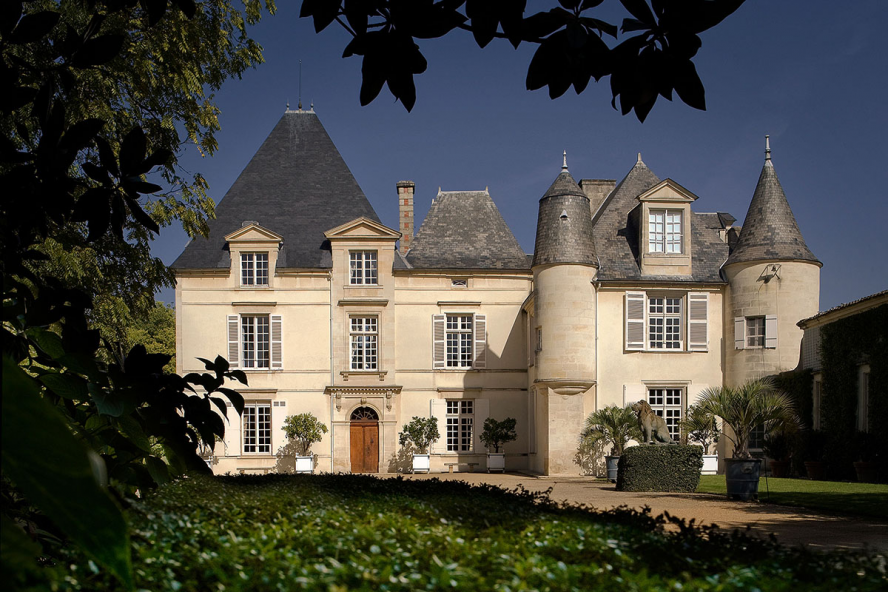
Mid-Ist
The viticultural history of the Haut-Brion lands dates back to the middle of the 1st century AD as evidenced by a recent discovery : found on a rump of beautiful graves, a coin bearing the effigy of the Roman Emperor Claude corroborates the dating by the Celtic origin of the place named “Haut-Brion”. At that time, the Romans taught the art of viticulture to Bituriges Vivisques, a Gallic tribe who founded Burdigala, the ancient Bordeaux.
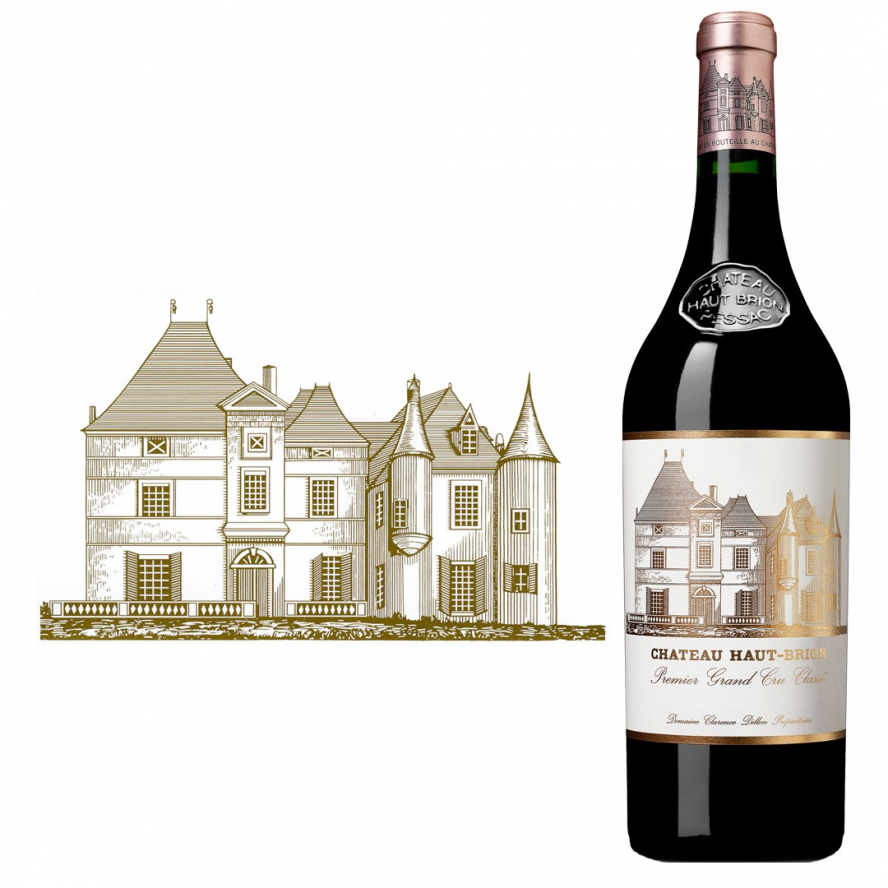
1521
In two recently discovered manuscripts in the Departmental Archives of the Gironde and dating from 1521 and 1526, the term “cru” in the location “Aubrion” or “Haulbrion”, refers to the wine elaborated on this terroir. These two texts announce an evolution of over three centuries that will bring Haut-Brion to the rank of “Premier Cru Classé” in the Classification of Wines of the Gironde in 1855. Thus, from the beginning of the 16th century, the first luxury brand in the world is born.
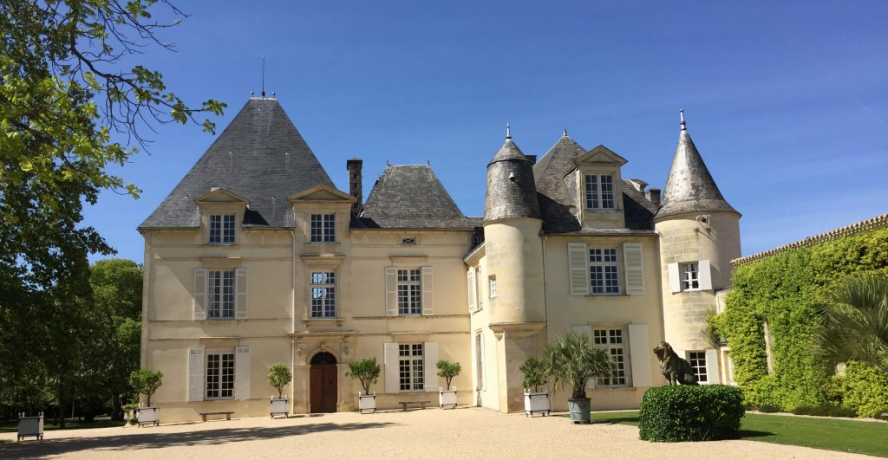
1533
In 1533, Jean de Pontac acquired the Manorial rights from a Basque merchant, Jean Duhalde. Pontac had married Jeanne de Bellon in 1525 and her dowry was a portion of the Haut-Brion land. Once he had acquired the title, Jean de Pontac continually perfected the work begun by the Romans, expanding and renovating the estate, turning it into what it is today, the ancestor of the Bordeaux Grands Crus.
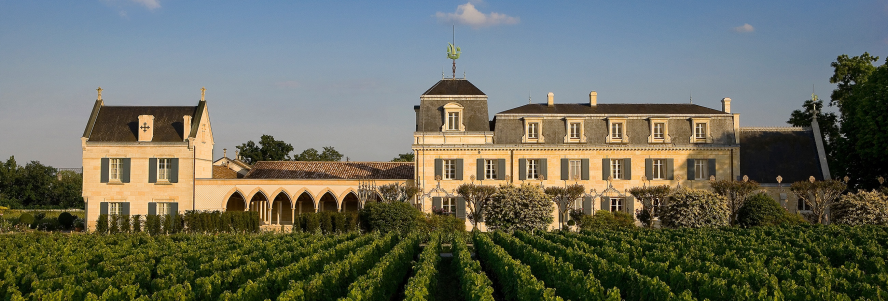
1549
In 1549, he began building the château. Knowing the land very well, Jean de Pontac decided to build it on a sandy area at the foot of a magnificent gravel slope, used only for growing vines. Jean de Pontac was one of the most important owners of Haut-Brion and was personally very involved in the winemaking, throughout his life.
At the end of his life, he owned over half of the vines that now make up Haut-Brion. He died at the age of 101 on 5 April 1589, having lived through the reigns of five Kings: Louis XII, François I, Henri II, Charles IX and Henri III – most probably a unique experience at the time.
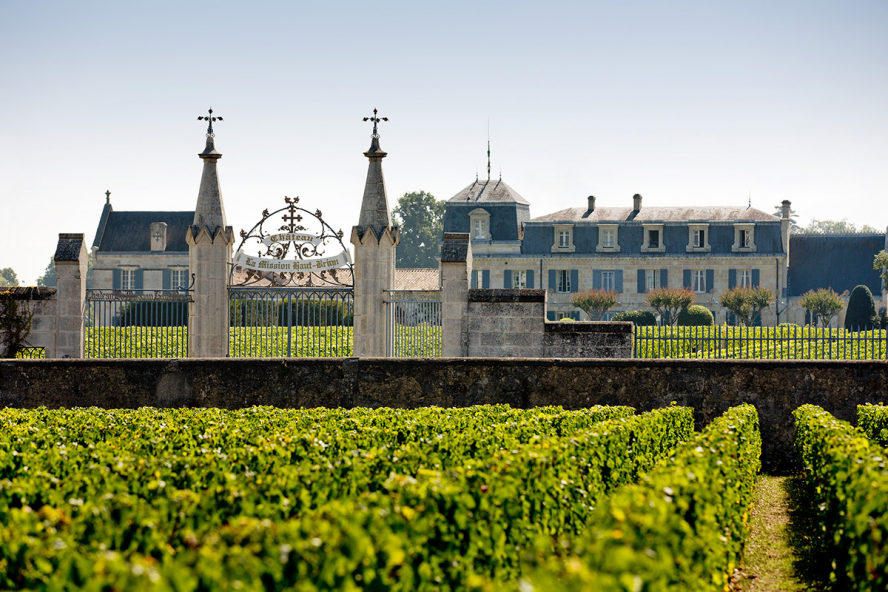
1589
On his death, the château went to his fourth son, Arnaud II de Pontac. When he died in 1605, his nephew Geoffroy inherited Haut-Brion. The two generations after Jean de Pontac did everything they could to make their name known, producing and selling the wine from their estate, but it was the following
generation, that of Arnaud III de Pontac, who really consolidated the château’s reputation.
According to all reports, Arnaud III, Geoffroy’s son, was a true Renaissance man. An erudite humanist, he was reported to have had one of the largest private libraries in France. He quickly became one of the most influential politicians in Bordeaux, when he was appointed First President of the Guyenne Parliament.
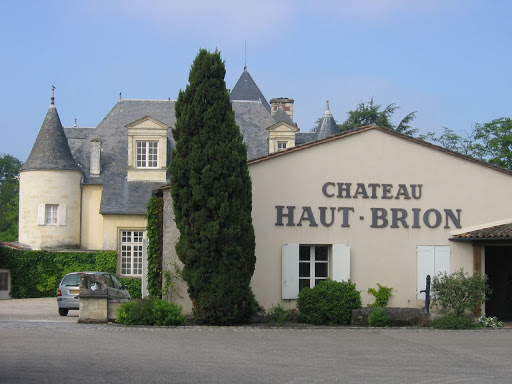
17th
As soon as he inherited the estate, Arnaud III began to expand the residence, adding an additional wing to the Château and doubling the surface area of the vineyard. He also used his political influence to extend the fame of his wine. At that time, in the early 17th century, Bordeaux was no longer under English domination, but still exported most of its wines to England.
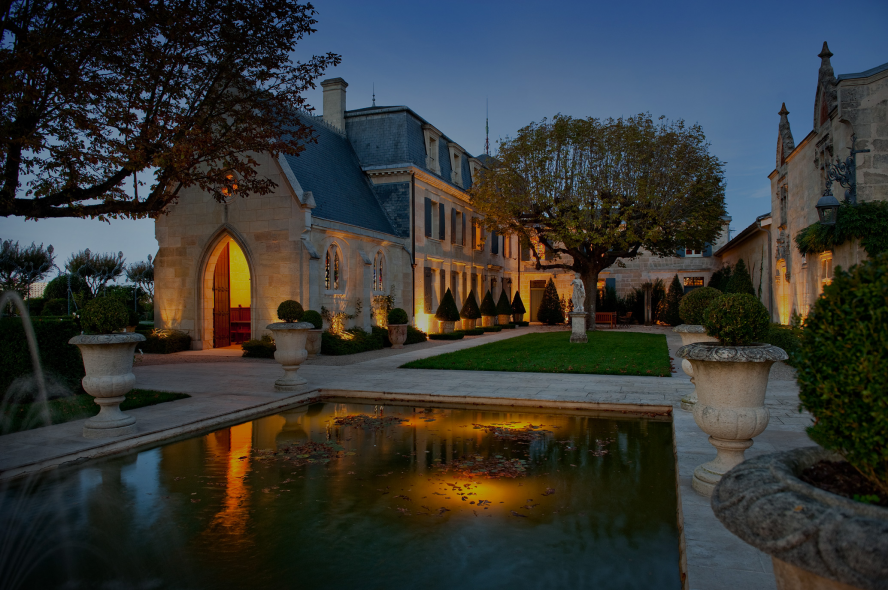
1660
In 1660, after 11 years of Puritanism, the English monarchy was restored, with the accession of Charles II to the throne. He will serve Château Haut-Brion at his table, for the first time in the year of his coronation. The cellar book (officially known as the Office of the Pantry, the Butler and the Cellar of the Lord King) mentions that in 1660-1661, Joseph Batailhe received for “169 Bls [bottles] 1 parcel wine of Hobriono [Haut-Brion] for himself personally delivering for the Lord King and hospitality at 21s 4d per Bl with full jugs”.
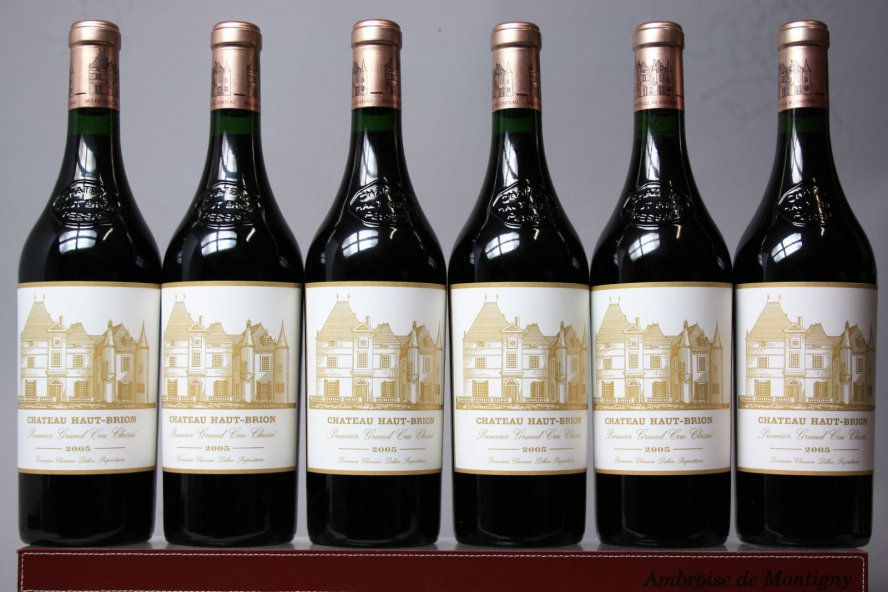
1663
In the space of three years, the King’s tastes were shared by other circles, firstly the Court and then in London’s upper class. Samuel Pepys, the famous English diarist, wrote in his journal in 1663: “… And there drank a sort of French wine called Ho Bryan (sic), that hath a good and most particular taste that I never met with…”
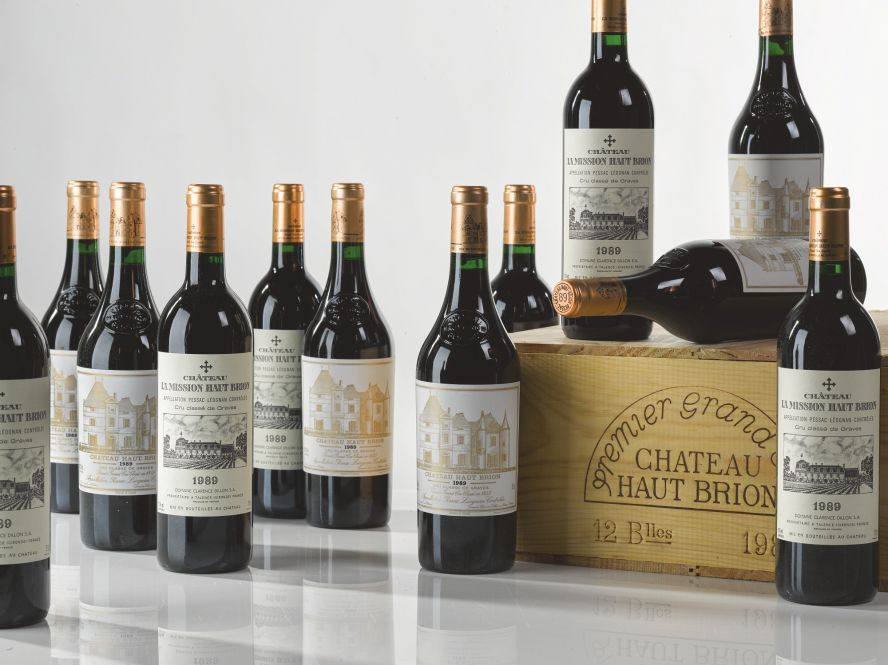
Mid-17th
The name of Arnaud III de Pontac is engraved in the history of Haut-Brion and indeed in the history
of French wine, above all because he created a new style of wine, the origin of all modern-day Grand Cru reds. On the English market, the main traditional customer of Bordeaux wines, this totally new style of wine, the direct ancestor of our modern-day “vins de garde” (long-keeping wines), enjoyed success under the name “New French Claret”. Years later, many historians would refer to this period as a “wine revolution”.
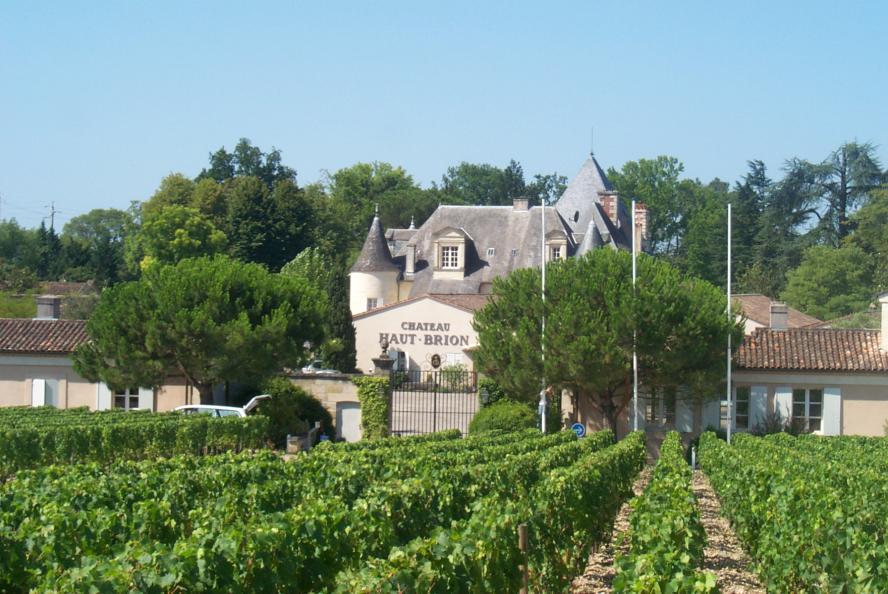
1677
Following the Royal example, famous personalities took an interest in Haut-Brion wine, in an attempt to understand the origin of its “very particular taste”. John Locke, the famous English philosopher, visited the estate on 14 May 1677 and wrote about it in his book, The Works of John Locke: “The wine of Pontac, so revered in England, is made on a little rise of ground, lieing open most to the west. It is noe thing but pure white sand, mixed with a little gravel. One would imagin it scarce fit to bear anything.” The legend of Château Haut-Brion was born.
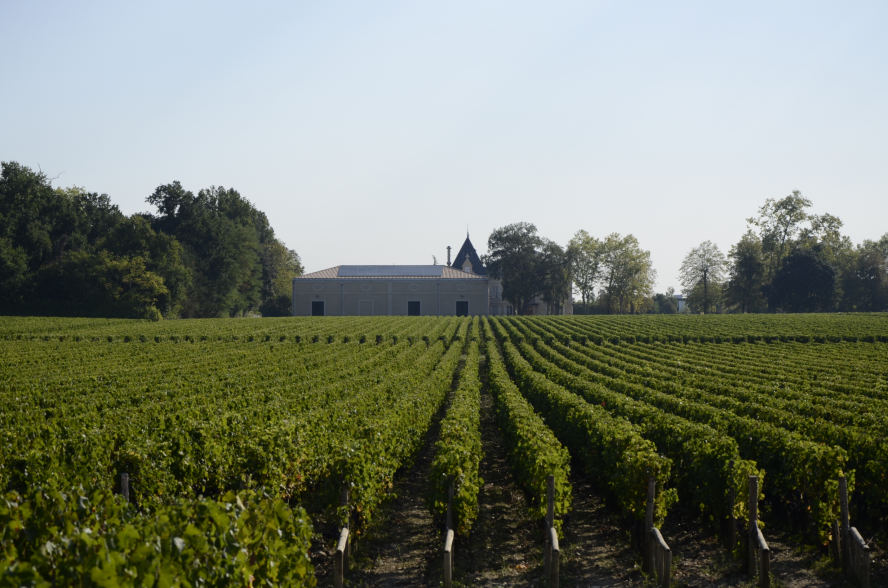
1749
Less than a century later, in 1749, Joseph de Fumel inherited Château Haut-Brion from his father. A new golden age then began. He created a large, French-style park and designed a more intimate garden, still in existence near the château. He also built an Orangerie and new outbuildings around the main courtyard.
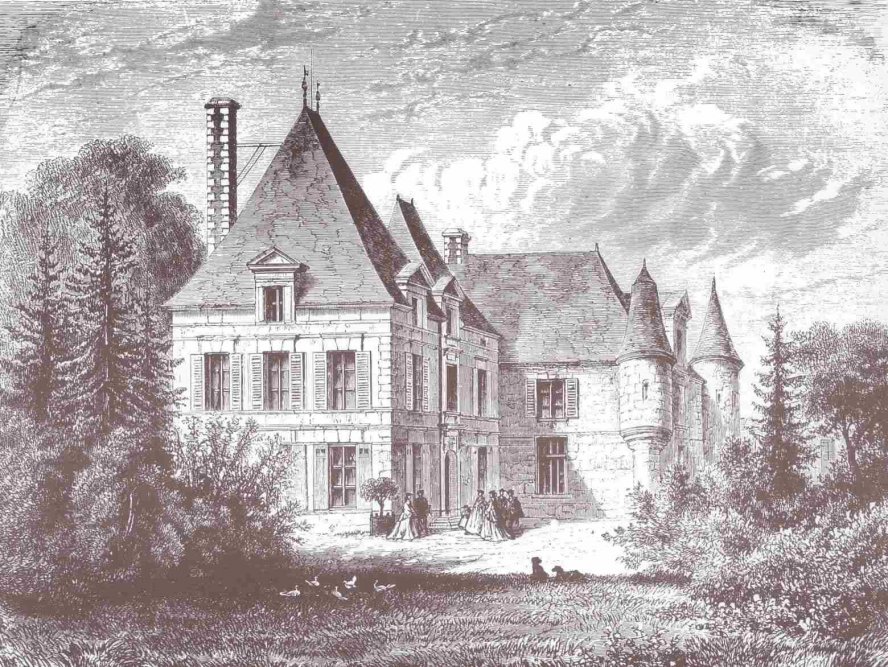
1787
On 25 May 1787, Joseph de Fumel received Thomas Jefferson at Château Haut-Brion for the first time. Jefferson gave his first impressions of the vineyard that day: “The soil of Haut-Brion, which I examined in great detail, is made up of sand, in which there is near as much round gravel or small stone and a very little loam.” The next day, he wrote to his brother-in-law Francis Eppes: “I cannot deny myself the pleasure of asking you to invest in a parcel of wine I have been chosing for myself. I do it the rather as it will furnish you a specimen of what is the very best Bordeaux wine. It is of the vineyard of Obrion, one of the four established as the very bestand it is of the vintage of 1784. Six dozen bottles of it will be packed separately addressed to you.”
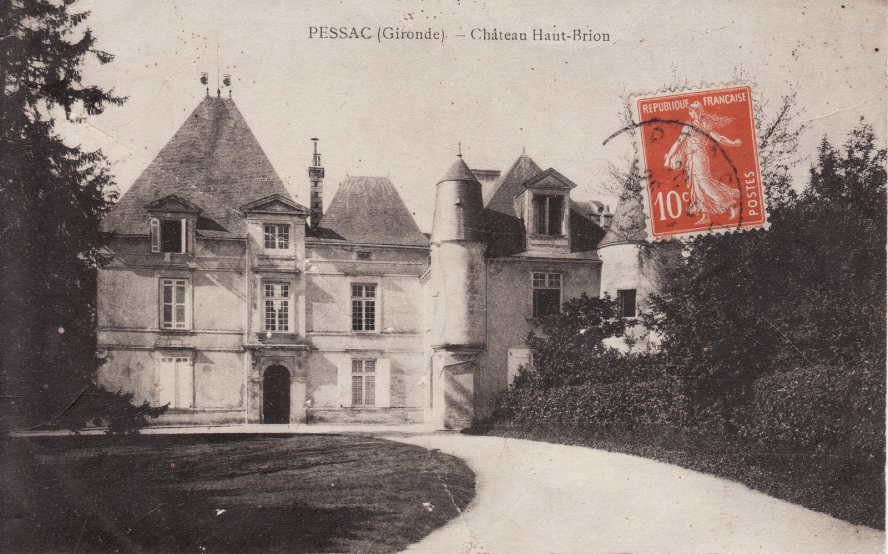
1787
Jefferson’s account is of even more value as his private correspondence demonstrates how knowledgeable he was about Bordeaux wines. He identified “four first-quality vineyards” for red wine: Château Lafite, Château Margaux, Château Latour and Château Haut-Brion, anticipating the classification of 1855. Ironically, the same year that Joseph de Fumel was guillotined, Jefferson was elected President of the United States, staying true to “his” Château Haut-Brion. After appearing on the Royal tables of England and France, Haut-Brion wine was a regular guest at the White House dinners of Presidents Madison and Monroe.
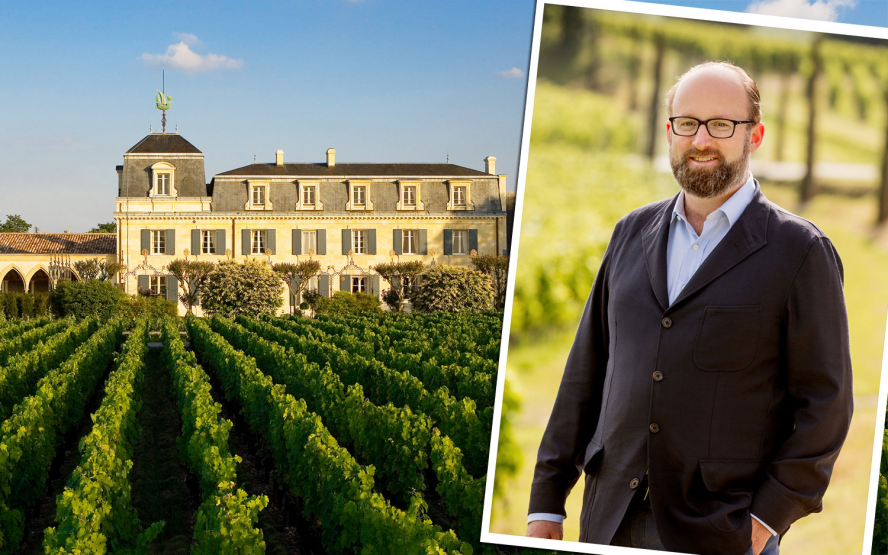
1801
Over the next 40 years, the estate passed through different hands. In 1801, it was purchased by Charles-Maurice de Talleyrand-Périgord, Prince of Benevento, Minister of External Relations for Napoleon Bonaparte, the future Emperor Napoleon I. His wines were introduced to the highest political circles. A man of taste and a lover of good food, Talleyrand commissioned the services of Marie-Antoine (known as Antonin) Carême, nicknamed “the King of chefs and the chef to Kings”. A clever strategist, he made use of Carême’s inimitable dishes, served with Château Haut-Brion wines, to further his political ambitions and was fond of saying, “My diplomacy is done through my pans and my kitchen.” As he was extremely busy with his political career, he did not have much time for the estate, which he sold in 1804.
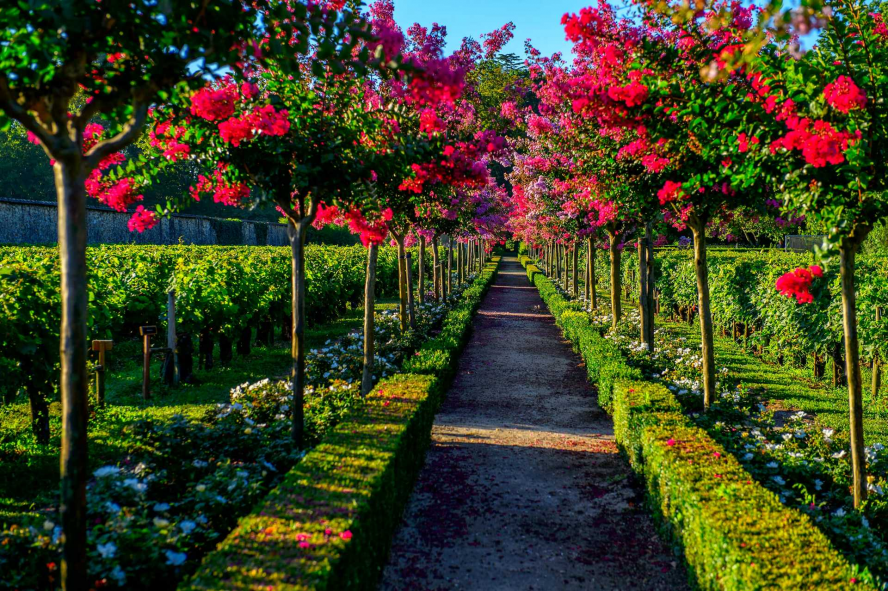
1855
In 1836, Joseph Eugène Larrieu bought the Château and devoted himself to the property. In 1855, he received just reward for his efforts for Château Haut-Brion. That year, at the Paris World Fair, the Association of Bordeaux Wine Merchants, on request from the Gironde Chamber of Commerce, drew up an official classification of the best wines of Bordeaux. The merchants based their conclusions on the prices achieved on the markets over the previous centuries. Château Haut-Brion was named one of the four “Premiers Grands Crus Classés” for red wine, alongside Margaux, Lafite and Latour. Historically, in many aspects, this 1855 classification was the direct descendant of the remarks made by Thomas Jefferson in 1787.
Despite this success, the three generations of the Larrieu family, who owned the estate from 1836 to 1896, suffered as a result of the political upheavals and the diseases that affected Bordeaux vineyards in the latter half of the 19th century. In 1859, on his father’s death, Amédée (1807-1873) took control of Château Haut-Brion’s destiny.
